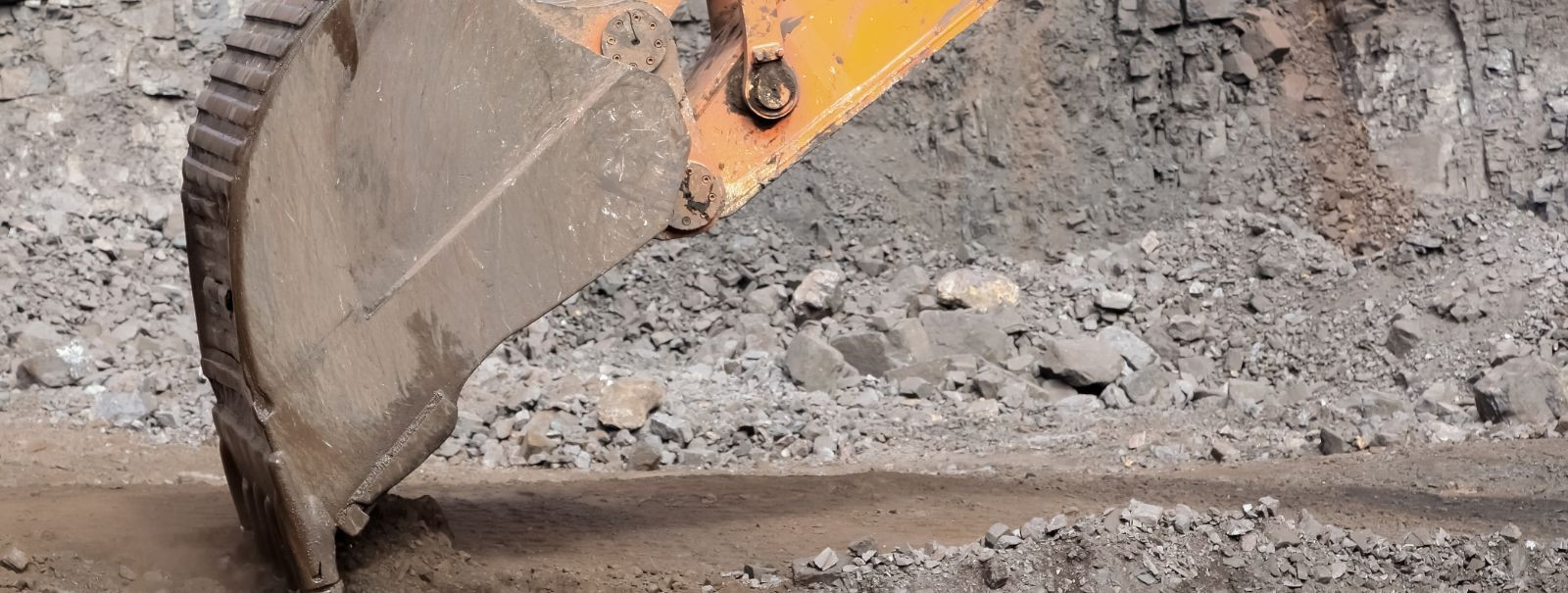5 essential steps for safe demotion
Demolition is a complex and high-risk activity that requires meticulous planning and execution. Ensuring the safety of workers and the public, as well as minimizing the impact on the environment, is paramount. LAMMUTUSSPETS OÜ is dedicated to upholding the highest standards of safety and efficiency in all demolition projects.
Step 1: Pre-Demolition Assessment and Planning
Before any demolition activity begins, a thorough site survey is essential. This involves evaluating the condition of the structure, identifying any potential hazards, and understanding the surrounding environment.
A detailed demolition plan is then developed, outlining the methods to be used, the equipment required, and the sequence of work. This plan also includes emergency procedures and risk mitigation strategies.
Ensuring compliance with all relevant regulations and obtaining necessary permits is crucial to avoid legal complications and ensure the safety of the demolition process.
Step 2: Asbestos and Hazardous Materials Abatement
Many older buildings contain asbestos and other hazardous materials. It is critical to identify and assess these materials before demolition can proceed.
Qualified professionals must then carry out abatement procedures to safely remove and dispose of these materials.
Proper disposal of hazardous waste is essential to protect the environment and comply with waste management regulations.
Step 3: Utility Location and Disconnection
Identifying all utilities connected to the structure is a vital step to prevent accidents during demolition.
Utilities must be safely disconnected, and measures should be taken to ensure that they are not accidentally reconnected.
Clear communication and coordination with utility companies are necessary to prevent accidental damage to underground or overhead utility lines.
Step 4: Structural Stability and Engineering Controls
Assessing the structural integrity of the building will determine the safest method of demolition and prevent unplanned collapses.
Engineering controls, such as shoring and bracing, may be required to ensure the stability of the structure during demolition.
Workers must be equipped with the appropriate personal protective equipment (PPE) to safeguard against injuries.
Step 5: Demolition Execution and Debris Management
Choosing the right demolition techniques is essential for a safe and efficient process, whether it involves explosives, wrecking balls, or manual dismantling.
Debris should be sorted with an emphasis on recycling materials whenever possible to reduce the environmental impact.
After demolition, the site must be cleaned and restored to a safe condition, ready for future use or development.






Comments (0)